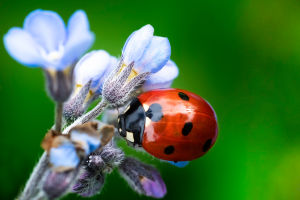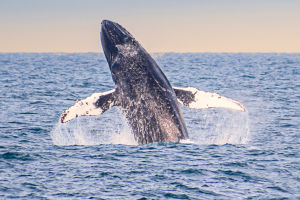Have you ever heard of a sea creature that's both beautiful and edible? Today, let's explore the fascinating world of the giant edible jellyfish together! Known scientifically as Rhopilema esculentum, this incredible jellyfish has been an important part of coastal cultures for centuries.
In ancient times, it was even called "Huang Fish." It’s also known by other names like Red Jelly and White Zha.
Where Do These Amazing Jellyfish Live?
We can find these magnificent creatures living in warm seas around the world. They love tropical, subtropical, and temperate coastal waters. In China, they are one of the few types of jellyfish that people enjoy eating.
Besides Rhopilema esculentum, China also has edible types like Rhopilema rhopalophorum, which has rod-shaped features, and Rhopilema hispidum, easily recognized by the small bumps on its umbrella-shaped body. In Malaysia, they even turn jellyfish into delicious satay-style snacks!
What Do They Look Like?
The edible jellyfish is truly a sight to behold! Its body, called the bell, is shaped like a soft, round bun and can grow up to 50 centimeters wide—and sometimes even up to a full meter! The texture is firm and gelatinous, often showing off a stunning blue-green color. Their tentacles are milky white and look almost like ribbons floating in the water. They also have eight mouth arms, each splitting into many delicate fronds, making them look even more graceful under the sea.
Why Are They So Popular?
We love how versatile these jellyfish are! In many Asian cultures, especially in coastal regions of China, edible jellyfish are a prized delicacy. People often prepare them by soaking, salting, and seasoning to create a crunchy, refreshing dish. Jellyfish salads are especially popular in summer because they are light, refreshing, and perfect for hot weather. Plus, they have a unique texture that can't be found in other foods.
How Are They Harvested and Prepared?
Harvesting these jellyfish is quite a skill. Fishermen carefully collect them with nets to avoid damaging their delicate bodies. After being caught, they go through a special process to preserve their firmness and freshness. This includes drying, salting, and sometimes marinating in a mild solution. Before eating, we usually need to soak and rinse them several times to remove the excess salt. Only then are they ready to become the star of various dishes!
Fun Facts About Edible Jellyfish
- Their umbrella-like bell can feel surprisingly firm to the touch, despite looking so soft.
- Edible jellyfish have been part of coastal diets for over a thousand years.
- They are low in calories and often considered a healthy food choice.
- Even though they are huge, they move gracefully by pulsing through the water—almost like a slow dance!
Let's Explore More Together!
Lykkers, wasn't that fascinating? Next time we talk about sea creatures, we can dive even deeper into their incredible worlds! If you ever get a chance to taste a properly prepared jellyfish dish, don’t miss out—it’s an experience that will surprise you in the best way!
Stay curious and adventurous—who knows what other ocean wonders we’ll discover together next?
Jellyfish 101 | Nat Geo Wild
Video by Nat Geo Animals


